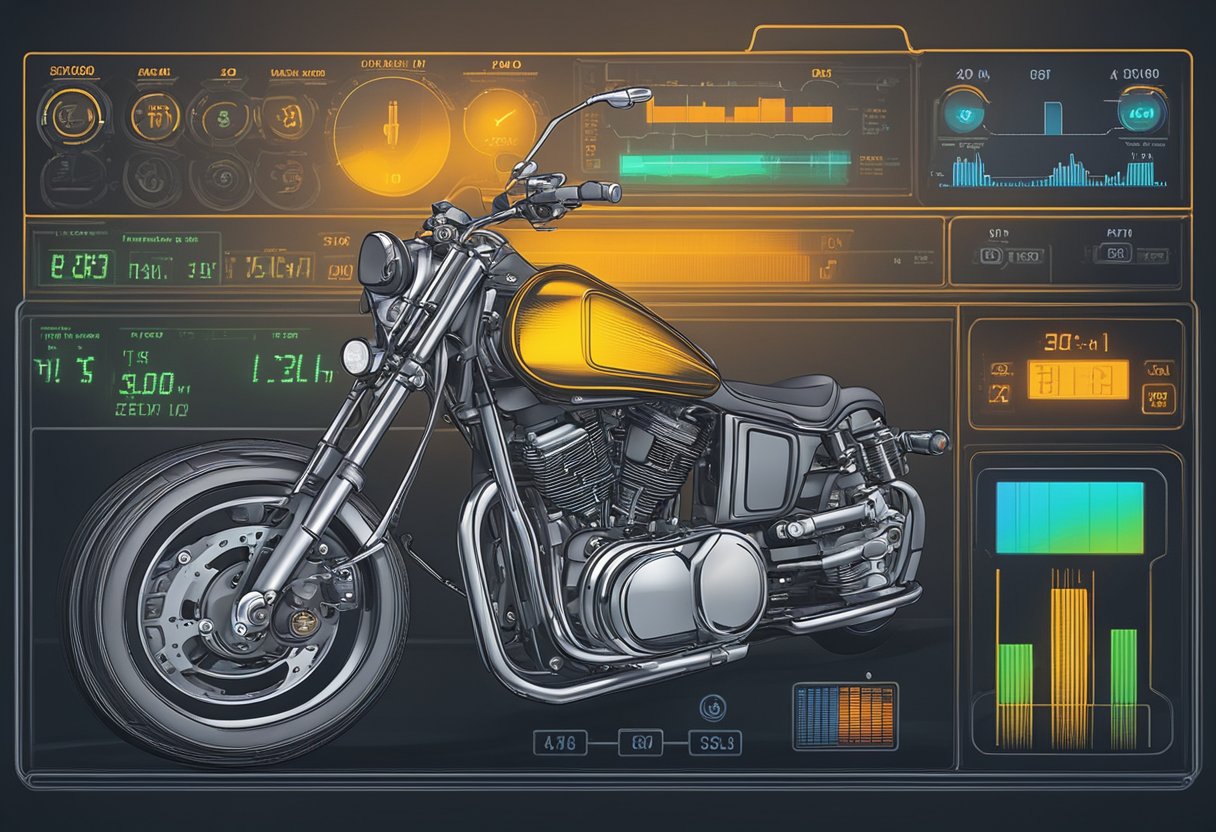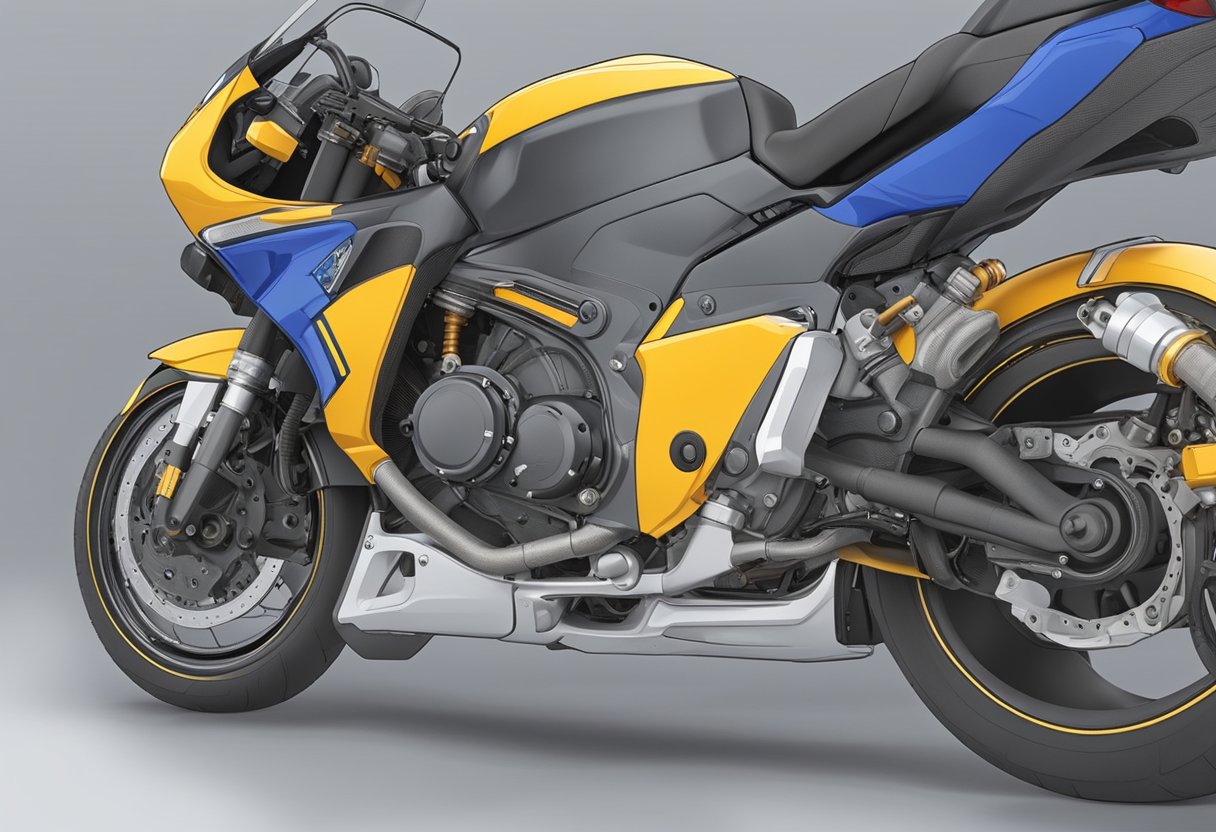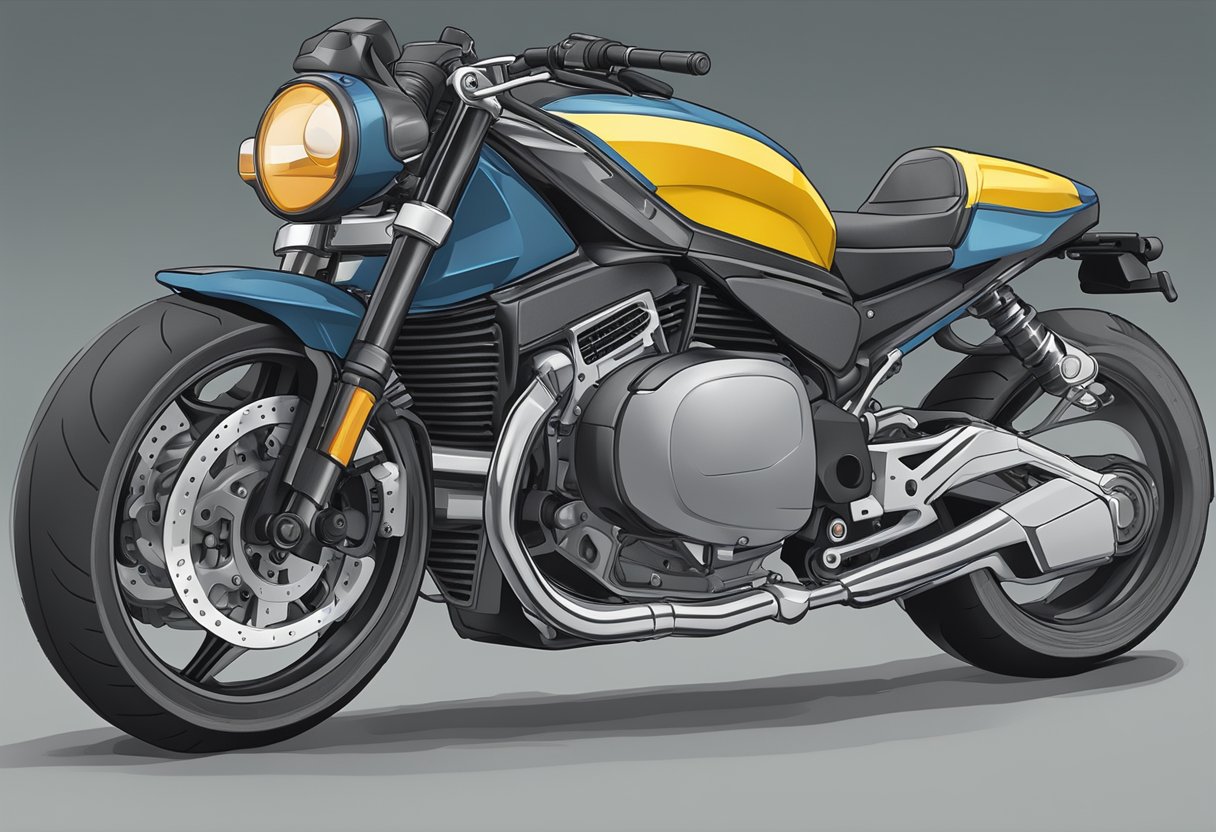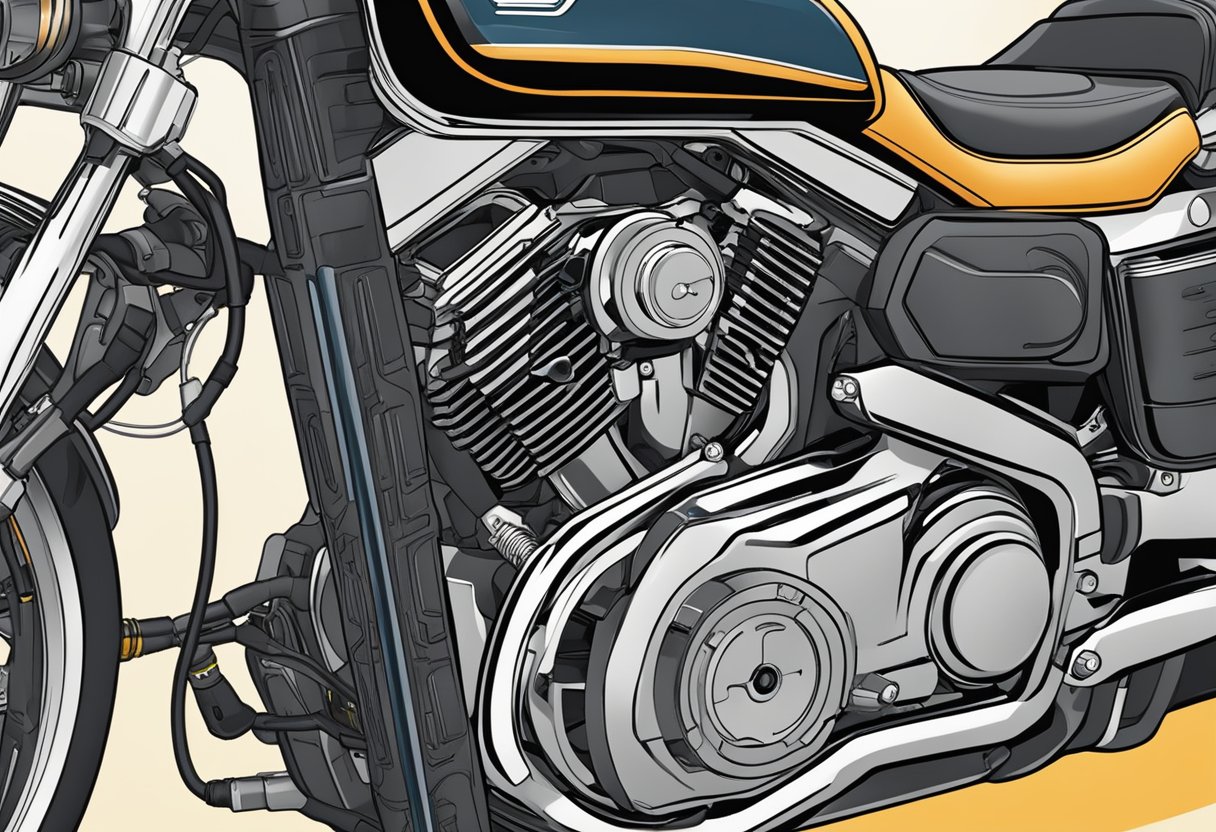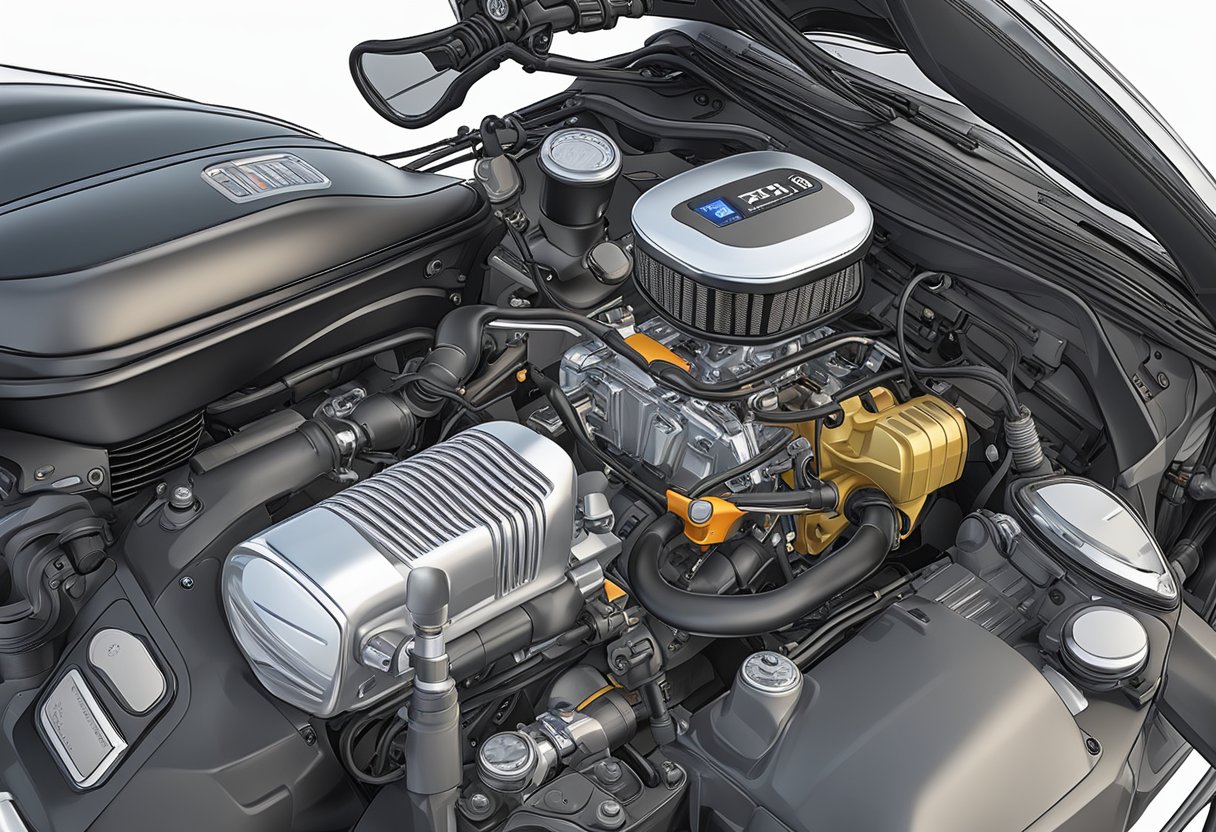If you own a motorcycle, you may have encountered the dreaded error code P0112. This code indicates that there is a low input from the Intake Air Temperature (IAT) sensor. While this may seem like a minor issue, it can actually have a significant impact on your motorcycle’s performance.
The IAT sensor is responsible for measuring the temperature of the air that enters the engine. This information is used by the engine control module (ECM) to adjust the fuel injection and ignition timing to optimize performance and fuel efficiency. When the sensor detects a low input, it may cause the ECM to make incorrect adjustments, resulting in poor performance, decreased fuel efficiency, and even engine damage. If you are experiencing this error code, it is important to address it as soon as possible to prevent further damage to your motorcycle.
Understanding Error Code P0112
If you have encountered error code P0112 on your motorcycle, it means that the Intake Air Temperature (IAT) sensor is reporting a low input. The IAT sensor is responsible for measuring the temperature of the air entering the engine, which is then used by the Engine Control Module (ECM) to adjust the fuel injection and ignition timing.
A low input from the IAT sensor can cause a variety of issues, such as poor engine performance, decreased fuel efficiency, and even engine stalling. It is important to address this error code as soon as possible to prevent further damage to your motorcycle.
There are several possible causes for this error code, including a faulty IAT sensor, damaged wiring or connectors, or a malfunctioning ECM. To diagnose the issue, you can use a diagnostic tool to read the error code and check the voltage output of the IAT sensor.
Once you have identified the cause of the error code, you can take the necessary steps to fix the issue. This may involve replacing the IAT sensor, repairing damaged wiring or connectors, or replacing the ECM.
Overall, understanding error code P0112 is crucial for maintaining the performance and longevity of your motorcycle. By addressing this issue promptly, you can ensure that your motorcycle runs smoothly and efficiently.
Symptoms of P0112 Error Code
If you are experiencing issues with your motorcycle’s engine performance or warning lights on the dashboard, it could be a sign of a P0112 error code. Here are the symptoms to look out for:
Engine Performance Issues
When the intake air temperature sensor is malfunctioning, it can cause a number of engine performance issues. You may notice that your engine is running rough or stalling, or that it is not accelerating as quickly as it should. You may also experience a decrease in fuel efficiency, which can result in more frequent trips to the gas station.
Warning Lights on Dashboard
Another symptom of a P0112 error code is the illumination of warning lights on the dashboard. The check engine light may come on, indicating that there is a problem with the engine or emissions system. You may also see a warning light for the intake air temperature sensor specifically, depending on the make and model of your motorcycle.
If you are experiencing any of these symptoms, it is important to have your motorcycle diagnosed by a qualified mechanic. Ignoring the issue can lead to further damage and potentially more expensive repairs down the line.
Causes of Intake Air Temperature Sensor Low Input
If you are experiencing an Intake Air Temperature Sensor Low Input, there are a few possible causes. Below are some of the most common reasons why you might be seeing this error code.
Faulty Sensor
One of the most common causes of an Intake Air Temperature Sensor Low Input is a faulty sensor. Over time, the sensor can become damaged or worn out, leading to inaccurate readings. If the sensor is faulty, it may need to be replaced in order to fix the issue.
Wiring or Connector Problems
Another possible cause of an Intake Air Temperature Sensor Low Input is wiring or connector problems. If the wiring or connectors are damaged or corroded, the sensor may not be able to communicate with the engine control module properly. This can lead to inaccurate readings and trigger the error code.
Cold Weather Complications
In some cases, cold weather can also cause an Intake Air Temperature Sensor Low Input. When the temperature drops, the air entering the engine can become denser, which can throw off the sensor’s readings. This can cause the engine control module to think that the air temperature is lower than it actually is, triggering the error code.
Overall, if you are experiencing an Intake Air Temperature Sensor Low Input, it is important to diagnose the issue as soon as possible. By identifying the root cause of the problem, you can take the necessary steps to fix it and prevent any further damage to your motorcycle.
How Do I Fix Motorcycle Error Codes on Intake and Fuel Systems?
When dealing with a motorcycle error code P0251 fix on the intake and fuel systems, it’s essential to first check for any loose wiring or damaged connections. Next, ensure the fuel system is free of clogs and the intake system is properly sealed. Finally, consider resetting the error code to see if the issue resolves.
Troubleshooting and Diagnosis
If you’re experiencing a P0112 error code on your motorcycle, it means that the intake air temperature sensor is sending a low input signal to the engine control module (ECM). This can cause a variety of issues, including poor fuel efficiency, decreased engine performance, and even stalling.
To diagnose and troubleshoot this issue, you’ll need to use a few different tools and techniques. Here are the steps you should take:
Diagnostic Tools Usage
The first step in troubleshooting a P0112 error code is to use a diagnostic tool to read the ECM’s error codes. This will give you a better idea of what’s causing the issue and where to start looking for problems. You can use a handheld OBD-II scanner or take your motorcycle to a mechanic who has access to more advanced diagnostic equipment.
Visual Inspection
Once you’ve identified the error code, the next step is to visually inspect the intake air temperature sensor and its wiring. Look for any signs of damage, corrosion, or loose connections. If you notice any issues, you may need to replace the sensor or repair the wiring.
Sensor Testing
If the sensor and wiring appear to be in good condition, the next step is to test the sensor itself. You can do this by using a multimeter to measure the resistance of the sensor at different temperatures. Compare your readings to the manufacturer’s specifications to determine if the sensor is functioning properly.
If you’re not comfortable performing these tests yourself, it’s best to take your motorcycle to a qualified mechanic who can diagnose and repair the issue for you. By following these steps, you can quickly and effectively troubleshoot a P0112 error code and get your motorcycle running smoothly again.
Repair and Maintenance
If you encounter the P0112 error code on your motorcycle, you need to take immediate action to diagnose and repair the problem. The following subsections provide details on how to fix the issue.
Sensor Replacement
The first step in repairing this error code is to replace the intake air temperature sensor. This component is responsible for measuring the temperature of the air entering the engine and sends the data to the engine control unit (ECU). A malfunctioning sensor can cause the ECU to receive incorrect information, leading to engine performance issues.
To replace the sensor, you need to locate it on your motorcycle’s intake manifold. Remove the old sensor and install the new one in its place. Make sure the new sensor is compatible with your motorcycle’s make and model.
Electrical Repair
If replacing the sensor did not solve the problem, the next step is to check the electrical connections. A loose or damaged wire can cause the sensor to malfunction, resulting in the P0112 error code.
Inspect the wires and connections for signs of damage or corrosion. If you find any issues, repair or replace the affected components. Make sure all connections are tight and secure.
ECU Considerations
If neither sensor replacement nor electrical repair resolves the issue, the problem may lie with the ECU. The ECU is responsible for receiving and processing data from various sensors, including the intake air temperature sensor.
If you suspect an issue with the ECU, take your motorcycle to a qualified mechanic. They can diagnose the problem and determine if the ECU needs to be repaired or replaced.
In summary, the P0112 error code on your motorcycle requires prompt attention to avoid further damage. Replacing the sensor, checking the electrical connections, and considering the ECU can help resolve the issue and get your motorcycle back on the road.
As an Amazon Associate we earn from qualifying purchases.








